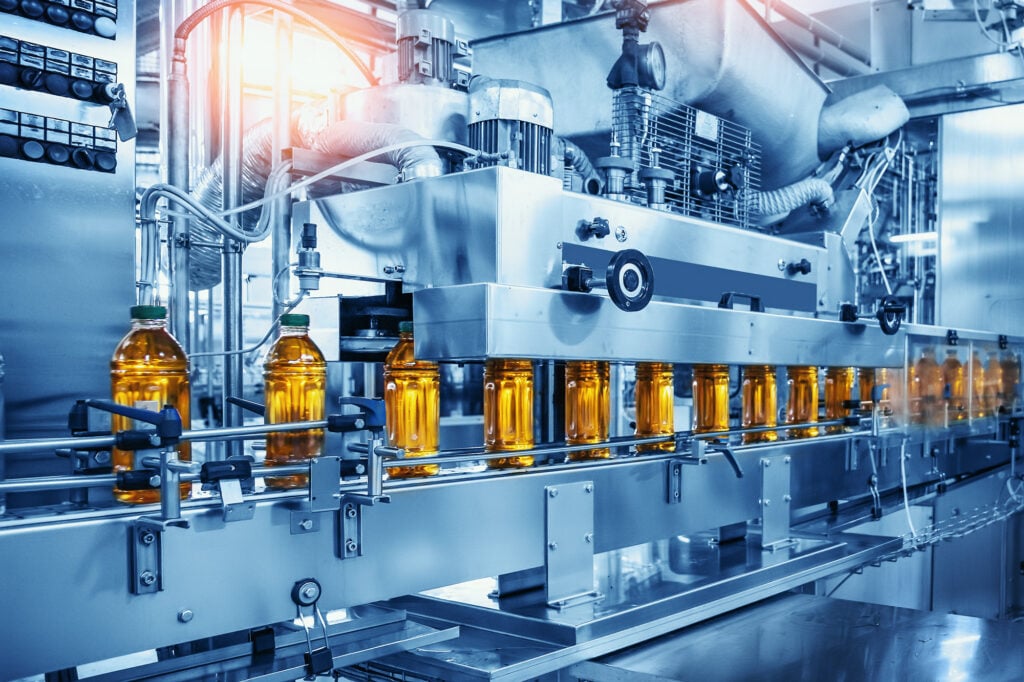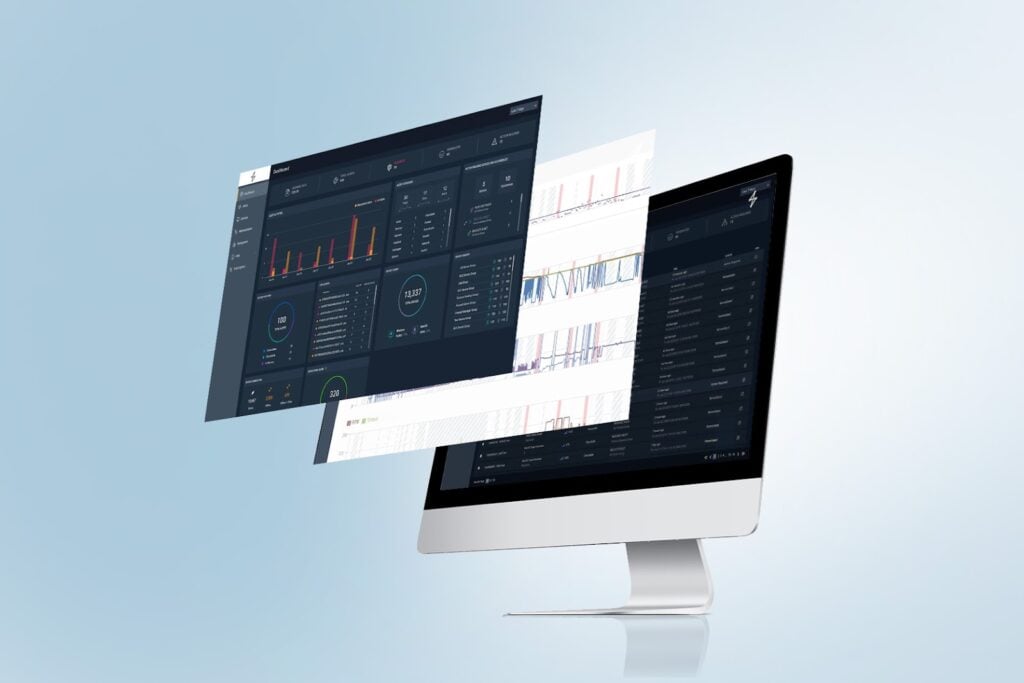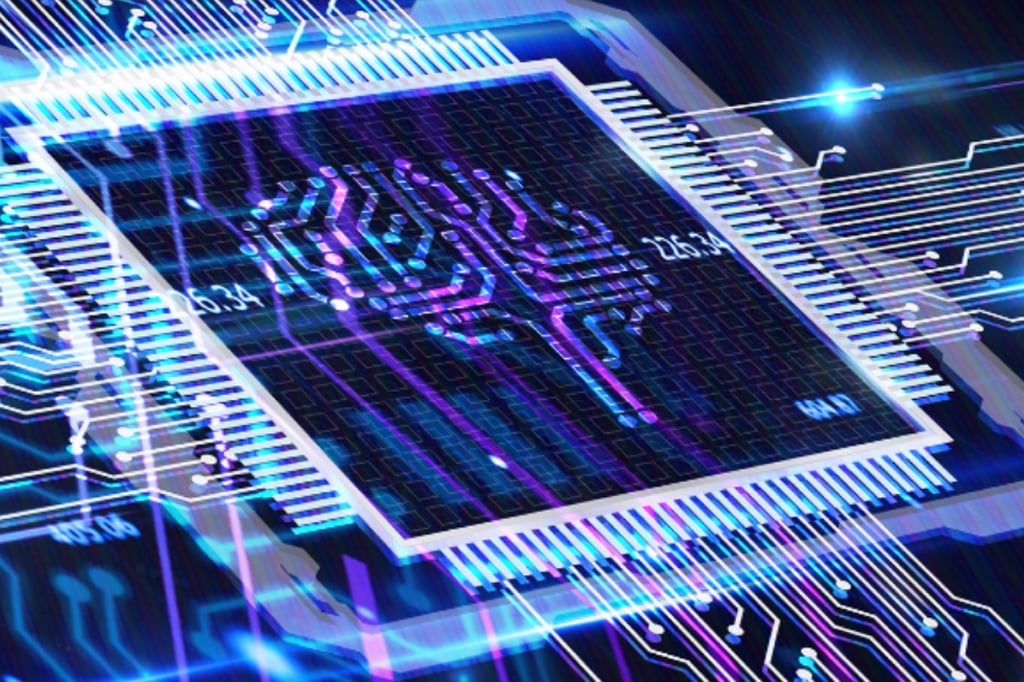SparkCognition uses patented model builders to speed up time to value for powerful AI and machine learning solutions.
Discover how we leverage best-in-class machine learning models to deliver fast, accurate predictive maintenance for some of the world’s largest customers.
SparkCognition uses patented model builders to speed up time to value for powerful AI and machine learning solutions.
Discover how we leverage best-in-class machine learning models to deliver fast, accurate predictive maintenance for some of the world’s largest customers.
How does SparkCognition leverage machine learning?
SparkCognition ML Studio uses automated model building to remove barriers and reduce the time to market for developing AI and machine learning solutions.
Enabling the development of highly accurate, scalable models for time series data, ML Studio improves productivity by streamlining data preparation, automating machine learning tasks such as feature generation and selection, and automatically building multiple generations of models to find the best option for the developed solution. ML Studio’s intuitive interface empowers business users and operators alike to gain insights with a zero-code model deployment and maintenance architecture—yet it’s powerful enough to help data scientists develop more fine-tuned and custom solutions in days instead of weeks. Our patented blend of evolutionary algorithms and deep learning methods help our customers realize value from machine learning as fast as possible by accelerating model building for a supervised or unsupervised model.
Ready to unlock unprecedented business insights from your data?
ML Studio’s automated workflows around data quality and model creation allow a faster turnaround of use cases, enabling organiza- tions to more quickly operationalize the output of data science and innovation teams.
What is machine learning?
Machine learning (ML) enables machines to autonomously learn from data and improve performance over time through experience—without being explicitly programmed by humans. Leveraging algorithms and statistical models that analyze large datasets and identify patterns and relationships between data points, machine learning models can be trained on labeled data, where the correct answers are supplied (supervised learning), or on unlabeled data, where the algorithms must find patterns on their own (unsupervised learning).
Machine learning aims to develop algorithms that can learn from data and improve their performance over time without human intervention. The training process involves providing the machine learning algorithm with large amounts of data and iteratively adjusting its parameters to improve its predictions.
Watch our webinar: AI Demystified—Transforming Industrial Operations With Deep Learning and Autoencoders
Three benefits of machine learning (that scale)
ANOMALY DETECTION
Identify a behavior as unusual to determine if an asset or process is in need of attention or maintenance before an event like a critical failure.
NORMAL BEHAVIOR MODELING
Learn to recognize normal machine behavior and deviations from the norm based on time-series data of a machine’s operation.
UNSTRUCTURED ANALYTICS
Unlock unstructured data from a broad range of sources and streamline business decisions with deep learning.
What is supervised machine learning?
Supervised learning is a form of learning by example, or function approximation, and consists of two stages. In the first stage, also known as the training phase, a given supervised learning algorithm is applied to an input training data set that has been previously tagged or labeled. In this way, the training set consists of a set of sample inputs each mapped to predefined output (the label).
During the training process, the supervised learning algorithm learns the inherent relationship between inputs and outputs, resulting in a model that will be used in the next stage to perform tasks like classification, regression, or forecasting. In the second stage, the trained model is put to use, taking new data as input to generate some form of prediction in a process known as inference. These predictions can then be used to drive some form of actionable result.
Supervised learning has many applications but comes at a cost–it requires labeled training data to build a model. Such data may not exist or requires expensive, manual methods to procure.

What is unsupervised machine learning?
Unsupervised learning techniques are applied in scenarios involving unlabeled input data. In these cases, an unsupervised learning algorithm identifies patterns in the data without human oversight, inferring the inherent structure in the data on its own. In essence, unsupervised learning is about learning how to automatically organize the data in order to best describe it.
An essential task in unsupervised learning is clustering–dividing a data set into groups of similar objects. Unsupervised learning techniques are also well suited for anomaly detection and driving predictions based on detecting subtle changes encountered in a data source over time.
What is reinforcement machine learning?
Reinforcement learning involves learning by trial and error. In this form of machine learning, software “agents” learn what actions to take in response to a reward-based mechanism applied during the training phase. The actions constitute the behavior the agent will take in response to its environment. The reward serves as a form of feedback, allowing the agent to learn over time the optimal policy to employ in the future when it’s put into use in a live environment.
A commonly cited metaphor can be found in Ivan Pavlov’s famous experiments in which he trained his dogs to salivate in response to hearing a ringing bell after previously conditioning them to associate its sound with receiving a reward (meat). From automated stock market trading to self-driving cars to robotic vacuum cleaners, reinforcement learning has been successfully applied in many daily areas of life, automating actions that were once solely taken by humans.
Neural networks and deep learning
Artificial neural networks (ANNs) are a popular form of machine learning loosely inspired by the organizational structure of biological neural networks found in animal brains. In this structure, an input and output layer along with one one or more internal “hidden” node layers are interconnected sequentially. This organizational arrangement, coupled with the particular activation function implemented by each individual node, gives neural networks their power to learn with high accuracy, even from highly-dimensional input data sets.
Neural networks come in different flavors that are specifically well-suited for different tasks such as convolutional neural networks (CNNs), commonly used for computer vision tasks, and recurrent neural networks (RNNs), which contain feedback loops that make them well equipped for sequential learning tasks dealing with time-series data.
Deep learning is a type of machine learning that involves using neural networks to process and analyze complex datasets. Inspired by the structure and function of the human brain (the neural networks in which axons and dendrites process inputs and outputs), deep learning models utilize algorithms designed to automatically learn and improve from experience without being explicitly programmed.
Deep learning models consist of layers of interconnected nodes, called artificial neurons, which process and transmit information. Neurons in each layer receive input from the previous layer and pass output to the next layer until the final layer produces the model’s output. The hidden layers between the input and output layers give deep learning models unique power, allowing them to learn and extract features from raw data.
Deep learning has shown remarkable success in wide-ranging applications, including image and speech recognition, natural language processing, autonomous driving, etc. Its ability to learn from large amounts of data has enabled breakthroughs in various fields, including healthcare, finance, and transportation.
Deep neural networks require vast amounts of labeled data to train effectively, but they are a critical area of research and development in AI, with proven applications for use cases like face recognition, extracting maintenance log information from unstructured documents, detecting abnormal machine behavior, and cybersecurity.
Important concepts of deep learning in AI:
Multilayer neural networks
Representation learning
Large-scale model training
Learn more about machine learning in AI

Pop Quiz: What is Machine Learning?

Transfer Learning & Machine Learning: How It Works, What It’s Used For, and Where it’s Taking Us

Basics of Machine Learning

Oil and Gas Needs Automated Machine Learning
Learn more about our Generative AI platform
With a focus on solving critical problems across multiple sectors, our Generative AI Platform empowers organizations to drive unprecedented innovation, unlock new opportunities, and achieve remarkable outcomes.

ML Studio
Improve productivity by streamlining data preparation and automating machine learning tasks.

Visual AI Studio
Unlock unprecedented value from your existing CCTV infrastructure with real-time visual analytics.

Knowledge Studio
Transform tribal knowledge and subject matter expertise into a knowledge base to help decision-making.

NLP Studio
Automatically group richly formatted unstructured data to provide deeper insights.














